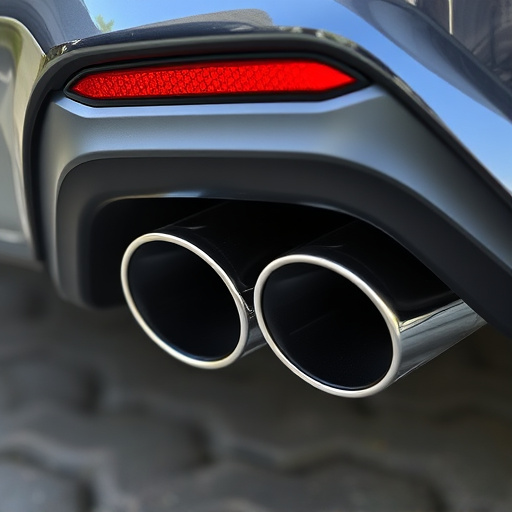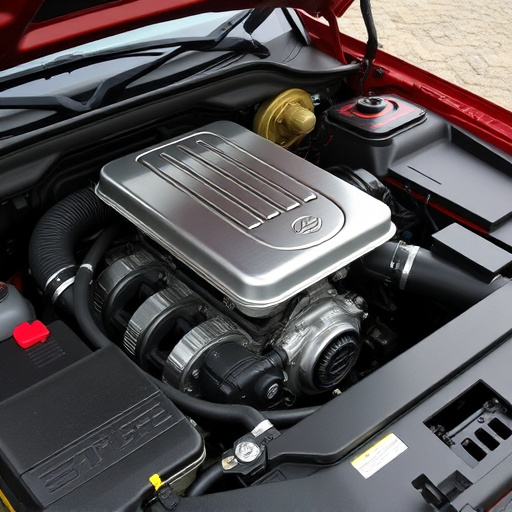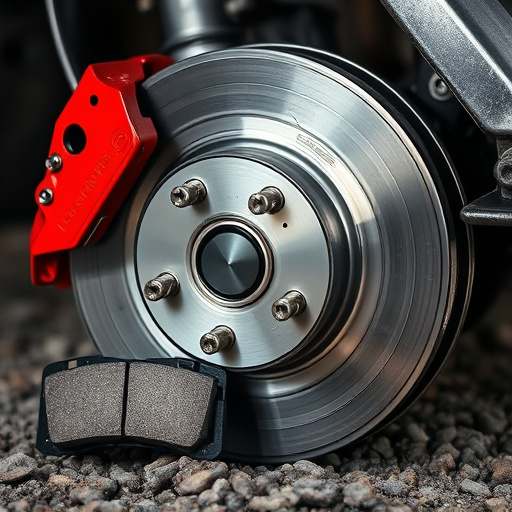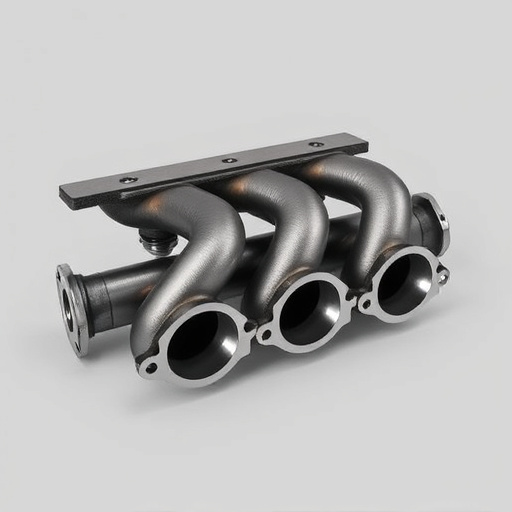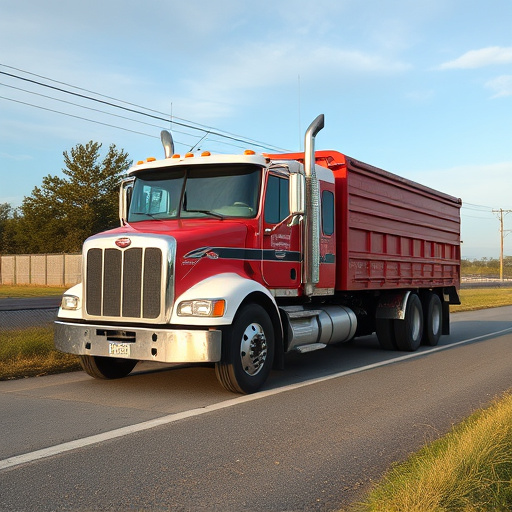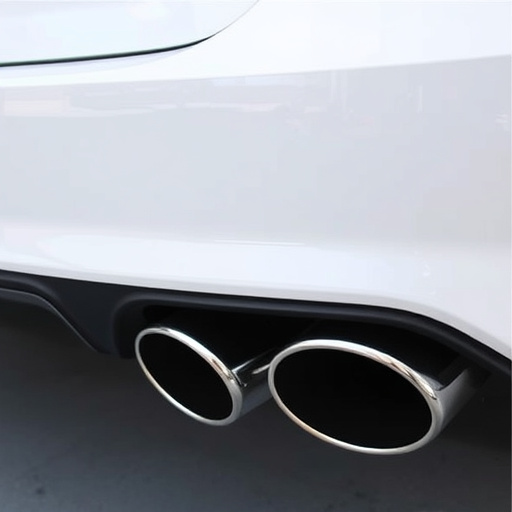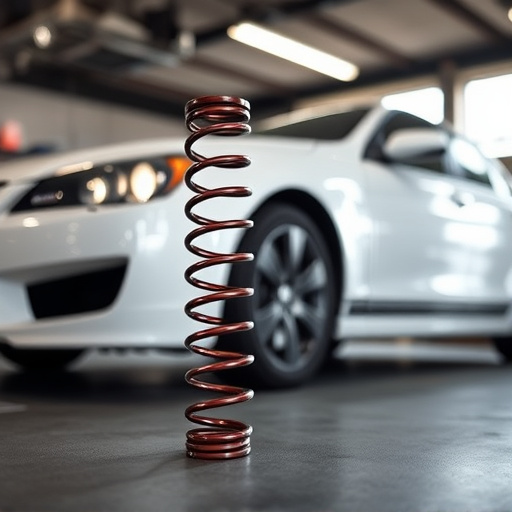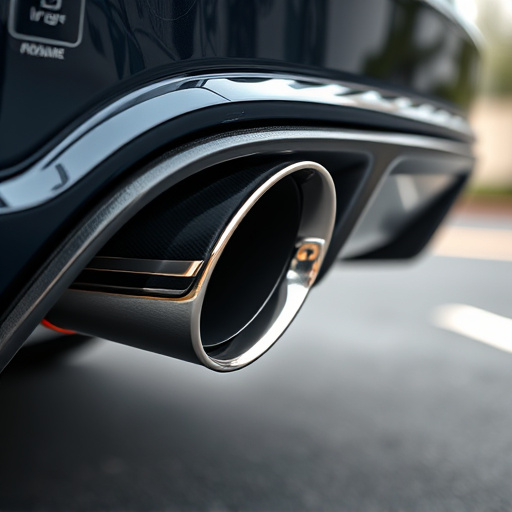Misalignments and incorrect parts during air intake installation harm engine performance. Regular inspection, manual cross-referencing, and professional advice prevent these issues. Choosing compatible air filter kits maximizes airflow and engine health. Proper clamping, sealing with recommended gaskets and adhesive, follows manufacturer guidelines for optimal air intake installation.
Air intake installation is a popular mod for car enthusiasts, but it’s not without its pitfalls. This article delves into three common mistakes that can jeopardize your setup: incorrect fitment due to misalignments, overlooking filter size and type compatibility, and neglecting clamping and sealing techniques. By understanding these errors, you’ll be better equipped to ensure optimal performance and efficiency during your air intake installation.
- Incorrect Fitment: Identifying Common Misalignments
- Overlooking Filter Size and Type Compatibility
- Neglecting Clamping and Sealing Techniques
Incorrect Fitment: Identifying Common Misalignments

When installing an air intake system, one of the most common mistakes is misalignment or incorrect fitment. This can occur due to a variety of reasons, including improper measuring, incorrect parts selection, or overlooking crucial alignment points. Often, these misalignments go unnoticed until they start affecting vehicle performance. For instance, if the air filter is not properly seated, it can restrict airflow, leading to reduced engine power and efficiency. Similarly, incorrect positioning of the intake pipe relative to the engine can cause turbulence in the air stream, resulting in a loss of compression and overall poor running conditions.
Regular inspection during installation is crucial to identifying these misalignments early on. It’s important to ensure that all components are perfectly aligned with each other and with the vehicle’s engine bay. This includes checking the mounting points, connections, and any seals or gaskets. Cross-referencing installation manuals or consulting a professional can be invaluable in avoiding these common pitfalls, ultimately ensuring optimal performance of both your air intake systems and exhaust systems.
Overlooking Filter Size and Type Compatibility
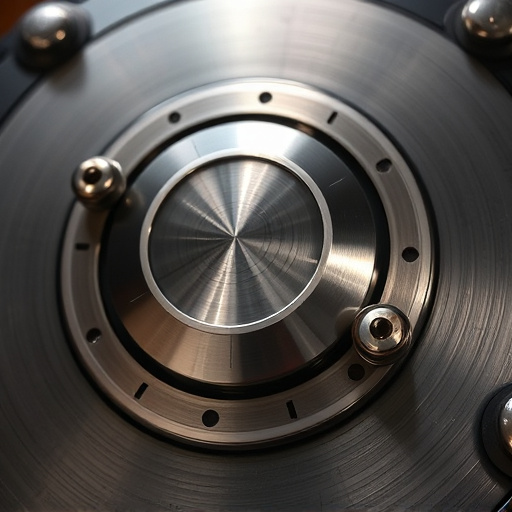
When installing an air intake system, a common pitfall many enthusiasts overlook is the compatibility of the filter size and type with their vehicle’s specifications. It’s easy to get caught up in the excitement of enhancing performance, but forgetting about the vital role the air filter plays can lead to potential issues. The wrong filter size or type might not fit properly, restricting airflow or causing an inefficient air-fuel mix, which can negatively impact engine performance.
Choosing the right air filter kit that aligns with your vehicle’s make and model is crucial for a seamless air intake installation. Many modern vehicles have specific requirements, and using a generic filter or one from a previous generation could hinder optimal performance gains, especially when coupled with other modifications like coilover kits or high-performance brake rotors. Always double-check the compatibility to ensure your air intake installation is successful and beneficial for your engine’s health.
Neglecting Clamping and Sealing Techniques
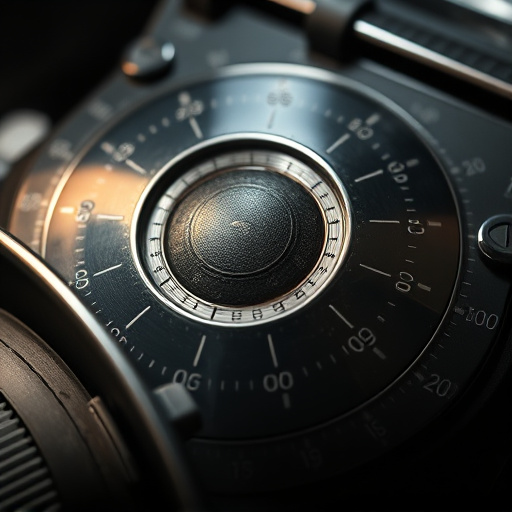
Neglecting proper clamping and sealing techniques is one of the most common mistakes made during air intake installation. It’s crucial to ensure that all connections between the cold air intakes (CAIs) and the engine are secure and airtight. Inadequate clamping can lead to leaks, which not only reduce the performance benefits of upgraded intake components but can also result in poor fuel efficiency and increased emissions.
Sealing is equally important for maintaining optimal air flow and preventing contamination. Using subpar gaskets or failing to apply the correct amount of adhesive can create gaps that allow humid air, dust, and debris to enter the engine, causing performance brakes and potentially leading to more serious mechanical issues over time. Always follow manufacturer guidelines when installing new air intake components for best results.
During air intake installation, common mistakes like incorrect fitment, overlooking filter compatibility, and neglecting clamping techniques can lead to reduced performance and potential damage. To ensure optimal results, always double-check misalignments, verify filter size and type compatibility, and employ proper clamping and sealing methods. Getting these crucial steps right will enhance your air intake installation, promoting better engine efficiency and extended component lifespan.






